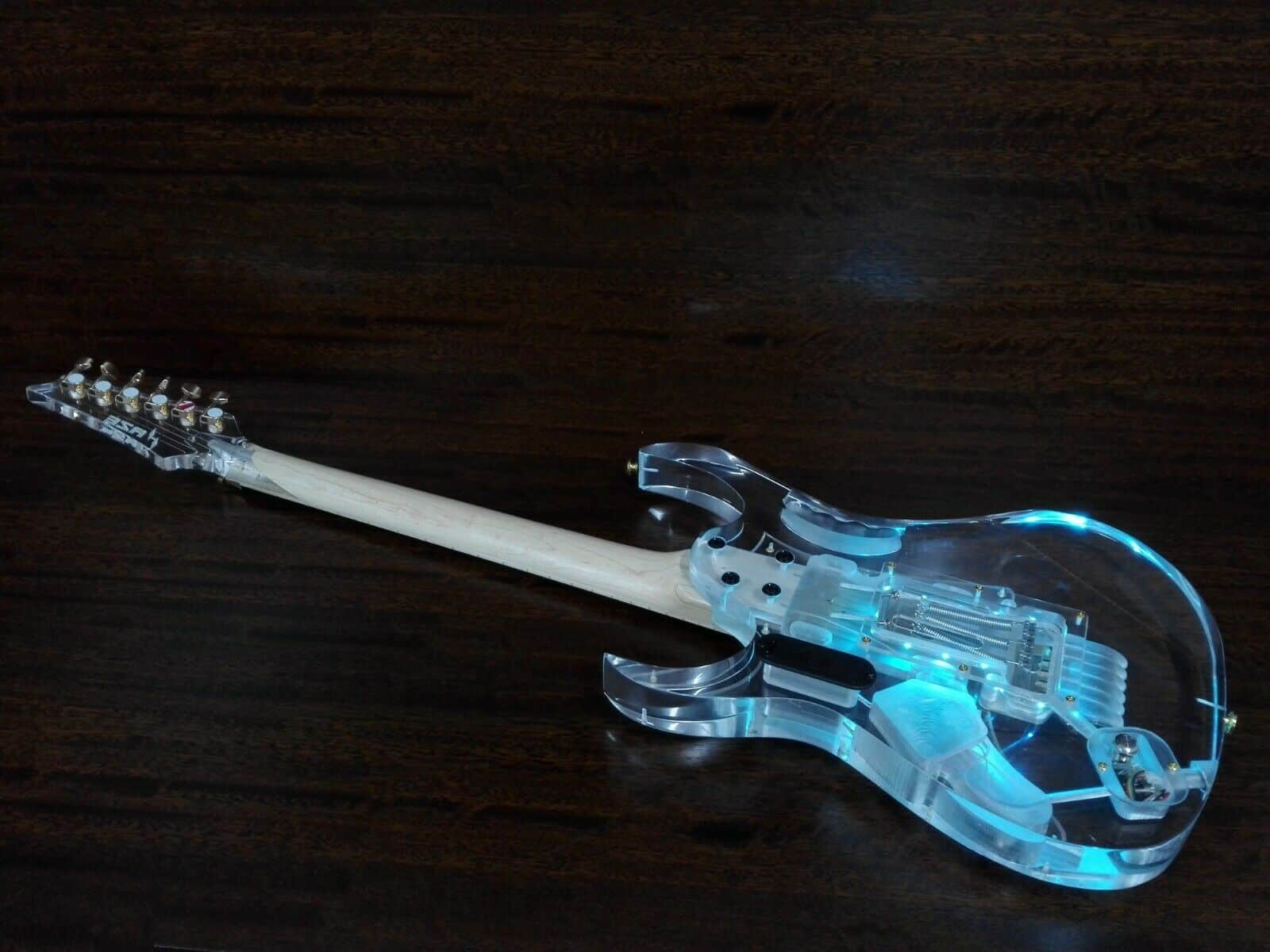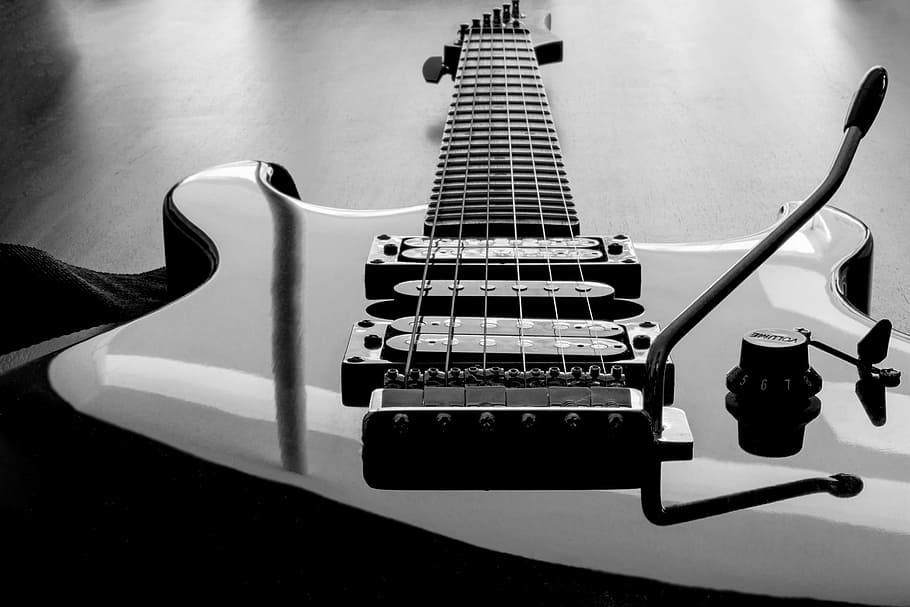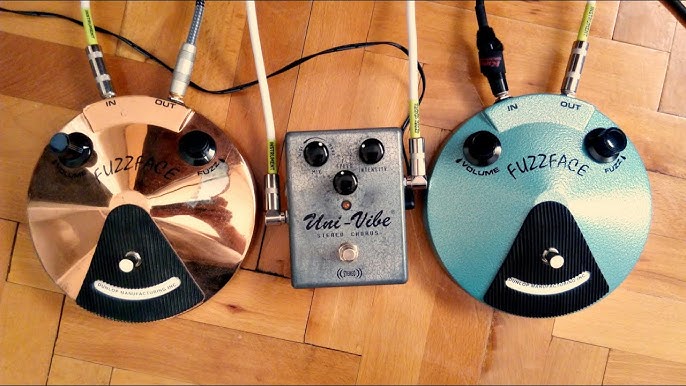Contents
Nowadays, it’s common knowledge among guitarists that the order of components in the pedal chain significantly affects the resulting effect. Since different orders lead to different effects, topics such as chorus before or after distortion pique the curiosity of many music enthusiasts worldwide. If you struggle to determine the position of the chorus in your pedal chain, our article is exactly what you need. Here, you can learn everything about the chorus as well as the ideal position for it in pedal chains.
Positioning Of The Chorus: Summary

For your information, the chorus is a modulation effect that alters the signal and makes it as if the sounds from multiple sources merge into one. In most of the cases, the chorus performs best if people place it after the distortion pedal.
To put it plainly, distortion is nonlinear while the chorus is almost linear. Usually, the output varies if you input multiple voices together rather than each voice separately. In use, Chorus effects come up by doubling the original sound and placing the double slightly out of tune with the original. As a result, if you set up the distortion after the chorus, the effect will differ and mess up the chorus effect.
If you set up the chorus after distortion, you get nearly the same result as running each voice through a separate distortion unit. A combination of gentle chorus and soft distortion guarantees a thick sound without the intermodulation artifact.
How To Arrange Your Pedal Chain

- Compressor (Start)
The compressor should stay at the beginning to even out the signal by boosting the quitter tones and limiting the ones that get too loud. That is going to allow other pedals to keep the sound consistent.
- Overdrive/Distortion (After Compressor)
The overdrive and distortion pedals work well together if the signal is smooth and balanced. That is why it’s a good idea to place the chorus after the distortion.
- Modulation Effects (After Gain)
Placing modulation effects like chorus, phaser, and flanger after distortion ensures that the signal retains its character and doesn’t get muddy. Such elements maintain the integrity of the signal and change it appropriately.
- Delay (After Modulation)
In layman’s terms, delay pedals capture and echo the modulated signal. In doing so, they create a more spacious delay and interesting sound rather than a standard delay on a clean signal.
- Reverb (Last)
Reverb is placed at the end of the signal chain to deliver a sense of space and ambiance to the overall sound. If you place it at the end, the reverb will affect the entire processed signal as well as all delays/modulation which produces a cohesive and immersive final sound. Volume pedals are optional and should be set up last as well since they permit you to change the volume on all levels simultaneously. Tuners can go at the beginning or end of the chain for convenience.
Ways To Make Us Of The Chorus
Creating A Stereo Spread
In times of need, the chorus can widen the stereo image of the guitar sound to give a more immersive feel. A chorus effect with a longer delay and wider depth parameter can split the original guitar signal into two or more parallel paths. You can then modulate these paths to put together a sense of width and movement.
Enhancing Clean Arpeggios
It’s possible to take advantage of the subtle chorus effects to add depth and complexity to sound as you play chord progressions, arpeggios, … The chorus is capable of thickening the guitar tone if it has a short delay time and moderate depth. Assuming that everything proceeds smoothly, it adds a touch of presence and warmth to guitar tones.
Simulating “12-String Guitar” Sound
You can use the chorus to emulate a 12-string guitar for high-quality tones and to achieve that, set up the chorus with moderate delay time and depth. The idea is to create multiple detuned copies of the original but play them closely enough to mimic 12-string guitar. Feel free to fine-tune the intensity of the effect to your liking by adjusting the modulation rate and depth.
Thickening Distorted Riffs
Generally speaking, the chorus may add complexity to the sound of distorted guitar riffs to improve their appeal as a whole. If you set it up properly after the distortion in the pedal chain, the chorus is going to enhance the harmonic content of a distorted guitar riff. The result is a more prominent and impactful sound but you must balance the chorus effects so they don’t overshadow the core distortion.
Creating Ambient Swells
Choruses work well in ambient music so it’s a must-have once it comes to creating dreamy guitar swells. A high depth and slow modulation rate should perfectly replicate the repetitive and ambient music that fans love. Adding volume swells to the process produces smooth textures that evolve as you play. The technique is common in soundscapes and ambient guitar passages.
Can I Experiment With Both The Positions Of The Pedals Reversed?

It is a good idea to experiment with reversing the pedals and having distortion come first since that combination works better for some types of music.
What Does Placing Chorus Before Distortion Do?
Placing the chorus before the distortion enhances the modulated sound, which creates a more noticeable and sparkling chorus effect.

Hi music fan! I am Jeff. Hope that you enjoy some stuff I shared here in my personal blog.
About myself, Currently I am in charging as Artist Manager/Music Supervisor at 72 Music Management. I did managed album to Grammy Award in 2017 with 7 Nominations from 2014-2020 and had the opportunities to work with : A.J. Croce, Blind Boys of Alabama, Bobby Rush, Dom Flemons, Dustbowl Revival, Sarah Grace
Governor of the Memphis Chapter of The Recording Academy is one of a award that I am lucky to achieved.
